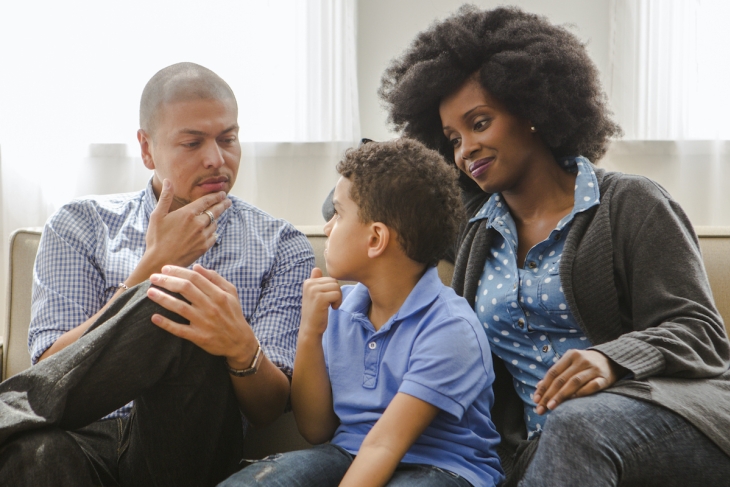Lost in the political noise of the debate on reopening schools is what parents think about this complicated puzzle. While their varied responses reflect this complexity, there is important consensus on many issues—though significant disagreement on one. Their opinions are detailed in a nationally representative survey of 500 public school parents and guardians conducted for the National Parents Union by Echelon Insights.
Interviews occurred over eight consecutive weeks beginning late April and asked about the effect of Covid-19 on their lives. Here are five important messages.
Parent Covid-19 anxieties spotlight education. Three of the top four parent pandemic worries consistently focus on schools. Nearly two in three worry that school closures hurt students’ education (62 percent) and make students miss important social interactions (61 percent). A majority (56 percent) worry that the pandemic doesn’t allow students to stay on track for the next grade.
Parents say the most helpful assistance they can receive today is keeping their child engaged in positive activities. And they strongly agree across racial and political groups that schools must provide students with the hardware, other tools, and internet connectivity they need for school.
Parents differ widely on when to send children back to in-person school. Asked when they would feel safe sending their children back for in-person classes, slightly more than one in four parents (27 percent) say August or September. About half (46 percent) prefer later in the fall or as late as spring. The remaining are divided between those who say “not any time in the next school year” (10 percent) or are unsure (18 percent).
Opinions vary across racial, political, and economic lines. White parents are more likely than parents of color to send children back in August or September (34 percent versus 16 percent). Republicans are more likely than Democrats to say this (34 percent versus 16 percent) as are parents in households earning more than $75,000 yearly when compared to those earning less than $50,000 (39 percent versus 19 percent).
Parents trust public health officials most to determine school safety measures. Parents are clear on whose opinions they “trust most to establish and valuate school safety procedures.” From a list of eleven choices, nearly half (49 percent) choose public-health officials, including the U.S. Centers for Disease Control and Prevention (24 percent), state health officials (13 percent), or local health officials (12 percent) as their most trusted source. Trailing far behind are governors, school district leaders, and a variety of others.
Parents strongly support specific actions to keep schools safe. From a list of ten options, two of three parents (63 percent) strongly support being notified when someone in school becomes ill. A majority strongly support allowing vulnerable students and teachers to learn and teach from home (56 percent); providing students and staff mental-health support for issues tied to the pandemic (52 percent); and requiring temperature checks when entering school (50 percent).
These are consistent with recommendations from public-health officials, which also include handwashing stations, protective equipment, spaced-out desks, and fewer children in classrooms.
Parents are reassessing schooling and their own options. Nearly two of three parents (61 percent) say Covid-19 requires schools rethink how students are educated—a constant theme since the first survey in April. And while most parents don’t plan to homeschool or send their child to a different school as a result of Covid-19, two in five either plan to do so or are unsure what they will do (40 percent).
Opinions on these two issues are the same across income, race, and political orientation, with the most significant factor that differentiates parents being where they live. Those who live in a city are more likely (27 percent) than suburban parents living near a city or small town (19 percent) or rural parents (17 percent) to plan for homeschooling or transferring schools.
—
This complicated picture requires of policymakers and school district leaders—faced with imperfect information and multiple tradeoffs—a near impossible balancing act as they determine when and how to reopen schools.
Here are six suggestions on what should guide that response.
- School policymakers must work with public-health officials to earn parents’ trust on school reopening decisions, thus reducing—though not eliminating—the worries parents have about sending children back to school.
- Parents should be offered different options on how their children can attend school—at least for an initial period of the school year—to meet their different opinions on in-school attendance.
- Students must have the technological resources they need for in school and online learning.
- Educators must be nimble in their response to this unpresented situation, provided with choices that meet their needs—e.g., health requirements—and that also enable what parents choose to do.
- Federal Covid-19 school financial aid to states should not unduly constrain how state and local officials can use those dollars to fulfill what these officials need to do and parents want for their children.
- Health, education, and other K–12 stakeholders should question conventional assumptions about schools, undertaking new approaches to learning, instruction, and the social and emotional needs of students.
K–12 policymakers and stakeholders must listen to parents and exercise restraint and humility in their well-intentioned efforts to strike a balance on when and how schools reopen. They must act in ways that communicate their commitment to safely, sensibly, and responsibly open schools.
Editor’s note: This was first published by Real Clear Education.




